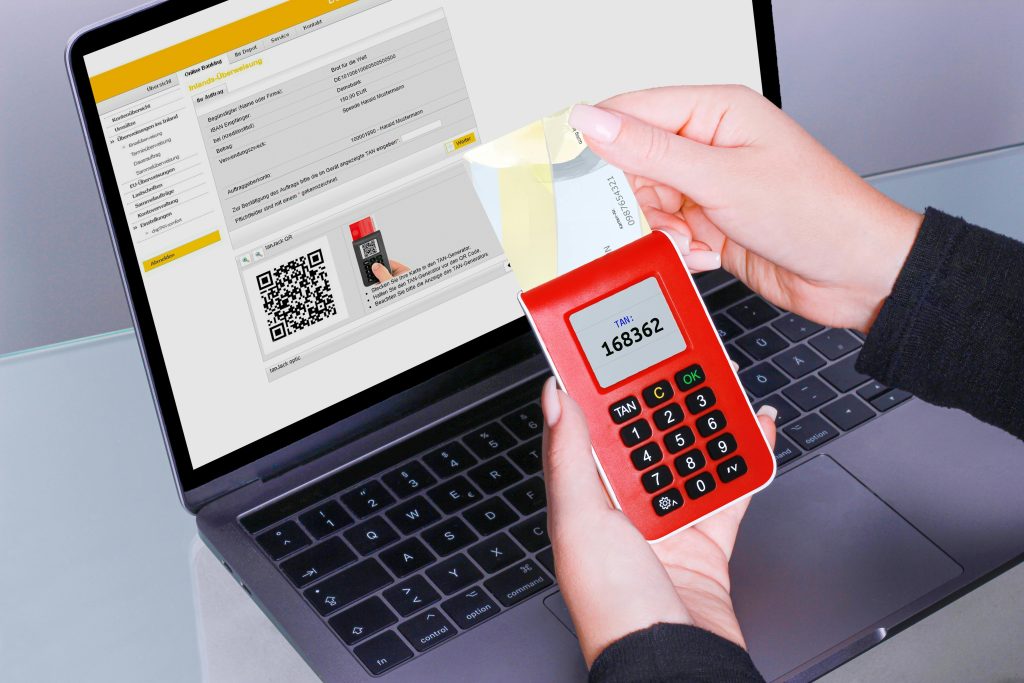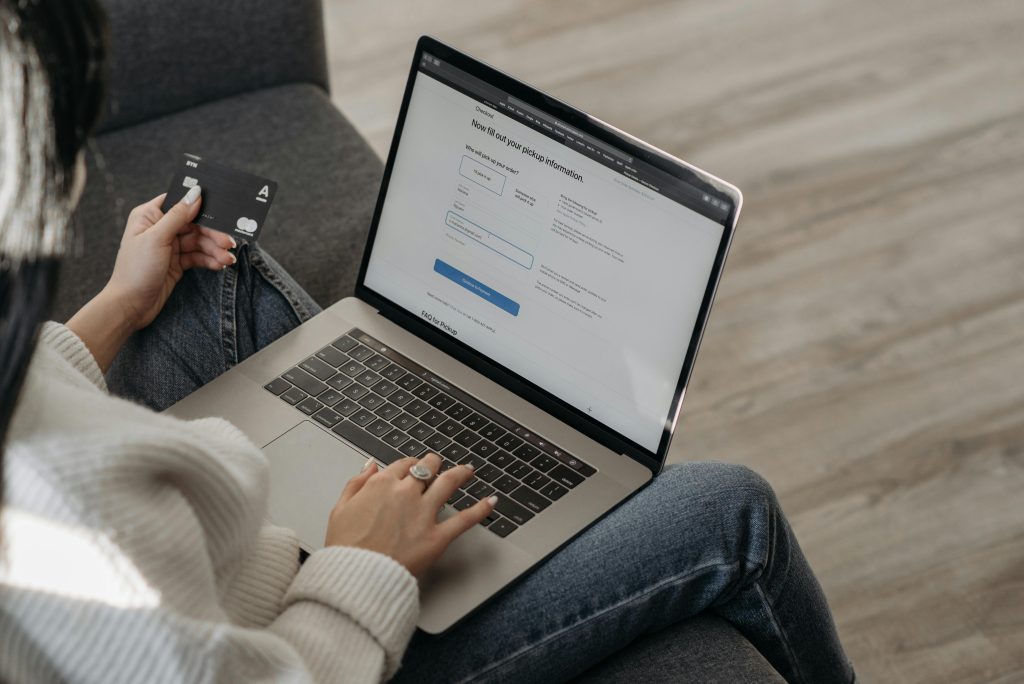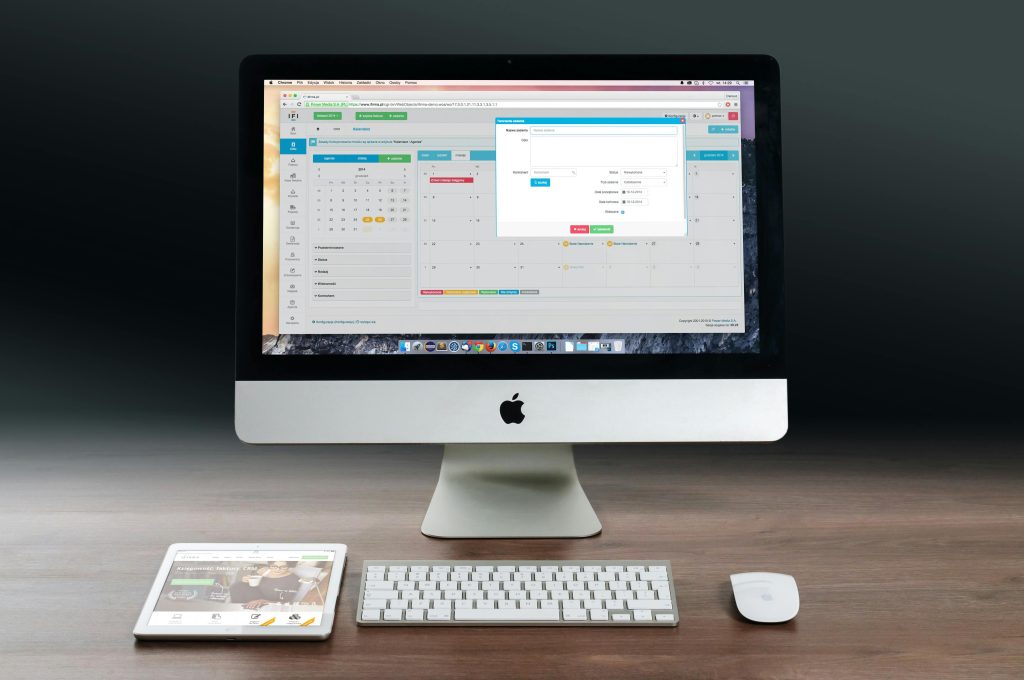Introduction
In today’s on-demand world, residents expect their rental experience to be as seamless as ordering a ride or streaming a movie. A tenant portal—a secure web or mobile application—delivers on that expectation by centralizing all interactions between tenants and property managers. From paying rent and submitting maintenance tickets to accessing lease documents and community announcements, a tenant portal automates manual tasks, enhances transparency, and fosters resident satisfaction. In this detailed guide, we’ll explore exactly what a tenant portal is, how it works under the hood, its core features, and the tangible benefits it brings to both residents and property management teams.
What Is a Tenant Portal?
A tenant portal is an online platform—hosted by your property management software or a third-party provider—that gives residents a customized dashboard for all property-related services. Rather than relying on paper checks, phone calls, or email threads, tenants log in to one place where they can:

- Pay rent electronically via credit/debit cards or ACH.
- Track payment history and upcoming charges.
- Submit maintenance requests with photos, priority settings, and automated status updates.
- Access lease documents, policies, and community rules on-demand.
- Communicate directly with property staff via built-in messaging.
- View community announcements such as amenity closures or event invites.
Behind the scenes, these portals integrate with accounting ledgers, work-order systems, and notification services to ensure every action is tracked, processed, and reported automatically.
Core Features of Effective Tenant Portals
While offerings vary among vendors, most tenant portals include the following essential modules:
1. Online Rent Payments
- Automated Recurring Billing: Tenants can schedule rent payments on a fixed date each month.
- Multiple Payment Methods: Support for bank transfers (ACH), credit cards, digital wallets, and sometimes crypto.
- Late Fee Calculation: Configurable fee rules apply automatically when payments arrive past due.
2. Maintenance Ticketing System
- Rich Ticket Submission: Tenants attach photos, videos, and notes to describe issues.
- Priority Levels & Routing: Urgent requests (e.g., water leaks) can trigger instant alerts to on-call staff.
- Work Order Tracking: Residents see technician assignments, ETA, and resolution confirmation, reducing back-and-forth calls.
3. Document Repository
- Lease Agreements & Addendums: Stored securely and accessible 24/7.
- Policy Manuals & Forms: Such as pet policies, parking passes, or amenity reservation forms.
- E-Signature Integration: Enables digital signing of renewals or notices.
4. Communication & Notifications
- In-App Chat or Messaging: One-to-one messaging between tenant and property manager.
- Bulk Announcements: Push notifications or email blasts for upcoming inspections, community events, or policy changes.
- Customization: Tenants opt into channels (e.g., emergency alerts vs. marketing communications).
5. Financial Dashboards
- Account Ledger View: Real-time visibility into balances, credits, and upcoming charges.
- Automated Receipts: Email or in-portal PDFs generated instantly upon payment.
- Reporting for Managers: Aggregated payment data, delinquencies, and aging reports.
6. Amenity Reservations and Community Engagement
- Facility Booking: Schedule common areas (gym, conference rooms) or guest parking.
- Event RSVP: Sign up for resident gatherings, maintenance windows, or virtual town halls.
- Feedback Surveys: Collect satisfaction ratings on services or community features.
How Tenant Portals Work: Technical Overview
Under the hood, a robust tenant portal comprises several integrated layers:
- Frontend Application
- Built with frameworks like React, Vue, or native mobile SDKs.
- Uses role-based authentication (OAuth, SAML) to ensure only authorized tenants access their data.
- API Layer
- Exposes RESTful or GraphQL endpoints for all tenant actions (e.g.,
POST /tickets,GET /statements). - Implements throttling, caching (Redis), and input validation to maintain performance and security.
- Exposes RESTful or GraphQL endpoints for all tenant actions (e.g.,
- Integration Middleware
- Connects the portal to back-office systems:
- Accounting/ERP: Syncs payments and ledger entries.
- Facility Management: Creates and tracks work orders.
- Document Storage: Interfaces with cloud storage (S3, Azure Blob) for secure file access.
- Connects the portal to back-office systems:
- Notification Engine
- Utilizes messaging services (Twilio, SendGrid, Firebase) to deliver SMS, email, and push notifications.
- Maintains templates and schedules for automated reminders (e.g., payment due dates).
- Data Analytics & Reporting
- Aggregates usage metrics: login frequency, ticket resolution times, payment patterns.
- Provides dashboards for property managers to monitor KPIs and identify process bottlenecks.

Benefits for Tenants
1. Convenience and Transparency
- Self-Service Access: No more waiting on office hours to pay rent or request repairs.
- Real-Time Updates: Track ticket status and payment confirmations instantly.
2. Enhanced Communication
- Centralized Messaging: All correspondence lives in one place, reducing email clutter.
- Timely Alerts: Push notifications ensure tenants never miss critical updates (e.g., scheduled maintenance).
3. Empowerment and Satisfaction
- Control Over Experience: Tenants schedule amenity bookings, plan payments, and engage on their terms.
- Trust Building: Transparency around fees, due dates, and maintenance fosters goodwill.
Benefits for Property Managers and Landlords
1. Operational Efficiency
- Automation of Repetitive Tasks: Automate rent collection, late fee calculations, and reminder emails.
- Streamlined Work Orders: Digitized ticketing replaces paper logs and reduces response times.
2. Data-Driven Decisions
- Performance Metrics: Monitor average repair resolution times, payment compliance rates, and communication patterns.
- Forecasting: Use historical payment data to forecast cash flow and identify high-risk tenants early.
3. Cost Savings
- Reduced Administrative Overhead: Fewer phone calls and manual processes free staff for strategic initiatives.
- Lower Delinquency Rates: Automated reminders and easy online payments improve on-time rent collection.
Implementation Considerations
1. Tenant Adoption and Onboarding
- User-Friendly Design: The portal must be intuitive; consider mobile-first design for high engagement.
- Onboarding Campaigns: Provide tutorials, email guides, and office support to encourage initial use.
2. Security and Compliance
- Data Protection: Encrypt data at rest (AES-256) and in transit (TLS 1.2+).
- Access Controls: Role-based permissions ensure tenants see only their own data.
- Regulatory Requirements: Comply with PCI DSS for payment processing and GDPR/CCPA for personal data.
3. Customization vs. Standardization
- White-Labeling: Align portal branding with your property’s look and feel.
- Configurable Workflows: Allow tweakable approval paths or fee rules without code changes.
- API Extensibility: Ensure your vendor exposes APIs so you can integrate new systems as your tech stack evolves.

Best Practices and Tips
- Pilot Before Rollout: Launch the portal with a small group of tech-savvy residents, gather feedback, and iterate before full deployment.
- Maintain a Knowledge Base: Create FAQs and tutorial videos within the portal to reduce support inquiries.
- Monitor Usage Metrics: Track login rates, feature adoption, and ticket volumes to identify training or UX improvement areas.
- Provide Multichannel Support: Even with a portal, maintain phone or in-person channels to assist residents who prefer human touch.
- Gather Continuous Feedback: Use in-portal surveys to capture resident satisfaction and prioritize new features.
Conclusion
A tenant portal transforms the rental experience by digitizing every resident interaction—rent payments, maintenance requests, document access, and community engagement—into a unified, automated platform. By integrating seamlessly with back-office accounting, work-order, and notification systems, portals reduce administrative burden, enhance transparency, and empower tenants. Successful implementation hinges on intuitive design, robust security, strategic onboarding, and ongoing measurement of adoption and performance metrics. As property management evolves, tenant portals will remain the cornerstone of operational efficiency and resident satisfaction—delivering modern, frictionless service experiences that meet today’s digital expectations.


